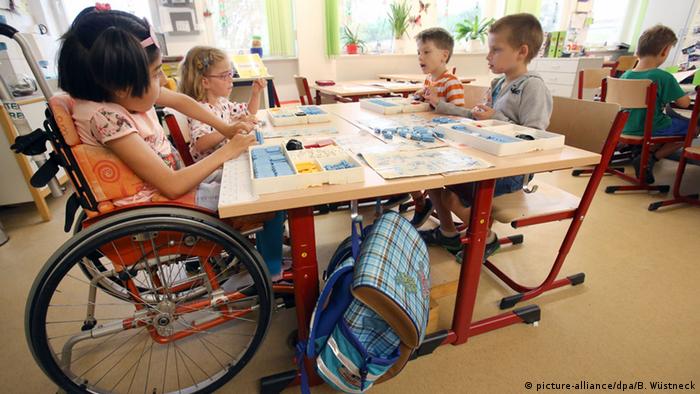The Equal Education Movement
The Individuals with Disabilities Education Act (IDEA) represents the pinnacle of the equal education movement. IDEA has roots in the same civil rights movement that gave rise to Brown v. Bd. of Education. It is a four-part piece of legislation that ensures students with a disability are provided with Free Appropriate Public Education (FAPE) that is tailored to their individual needs. From 1975 to 1997, IDEA was known as the Education for All Handicapped Children Act (EHA). In 1997, Congress reauthorized EHA and changed the title to IDEA. IDEA was amended in 2004 with regulations updated in 2006 and 2011. The overarching goal of IDEA is to provide disabled students the same opportunity for education as students without disabilities.
IDEA is composed of four parts, with a primary focus on parts A and B. Part A lays out the general provisions of the law while Part B covers assistance for education of all children with disabilities. Part C details coverage for infants and toddlers with disabilities. For the purposes of this act, infants and toddlers are defined as children from birth to age three. The final section of IDEA, Part D, discusses national support programs that are administered at the federal level. Each part of IDEA has remained relatively in tact since its original enactment in 1975.
There are six elements that guide the practice of IDEA, or act as its main guide posts. These elements are:
- Individualized Education Program (IEP),
- Free and Appropriate Public Education (FAPE),
- Least Restrictive Environment (LRE),
- Appropriate Evaluation,
- Parent and Teacher Participation, and
- Procedural Safeguards.
In order for those elements to work effectively, there are several other components necessary to IDEA. They include: Confidentiality of Information, Transition Services, and Discipline.
Notable Supreme Court Cases:
- Bd. of Ed. of Hendrick Hudson Central School Dist. v. Rowley, 458 U.S. 176 (1982) - this was the first decision in a special education case by the Supreme Court; it defined "free appropriate public education".
- Burlington School Committee v. Mass. Dept. of Ed., 471 U.S. 359 (1985) - this decision clarified procedural safeguards, parents' roles in educational decision-making; tuition reimbursement for private placement, and child's placement during dispute about FAPE.
- Florence Co. School Dist. Four v. Shannon Carter, 510 U.S. 7 (1993) - in a unanimous 9-0 decision, the Court found that if a public school fails to provide an appropriate education and the child receives an appropriate education in a private placement, the parents are entitled to be reimbursed for the child's education, even if the private school does not comply with state standards.
- Winkelman v. Parma City School Dist., 127 S. Ct. 1997 (2007) - the Court ruled that parents may represent their children's interests in special education cases, and are not required to hire a lawyer before going to court. The Court held that parents have legal rights under the IDEA and can pursue IDEA claims on their own behalf, although they are not licensed attorneys.
Selected Library Resources:
- Ruth Colker, Disabled Education: A Critical Analysis of the Individuals with Disabilities Education Act, KF4209.3 .C645 2013
- Ian O. Javier, The Individuals with Disabilities Education Act (IDEA), KF4210 .I53 2005
- A Legislative History of the Individuals with Disabilities Education Act: Public Law 101-476 as Amended by Public Law 102-119 - HeinOnline
Additional Resources:
Who is Eligible Under IDEA?
Not every child with learning and attention issues is eligible for special education services under IDEA. First, a child must be found to have one of the 13 kinds of disabilities that IDEA covers. They are:
- Autism
- Deaf-blindness
- Deafness
- Emotional disturbance
- Hearing impairment
- Intellectual disability
- Multiple disabilities
- Orthopedic impairment
- Other health impairment (including ADHD)
- Specific learning disability (including dyslexia, dyscalculia, and dysgraphia, among others)
- Speech or language impairment
- Traumatic brain injury
- Visual impairment, including blindness